Best Time To Visit Hanoi and Halong Bay
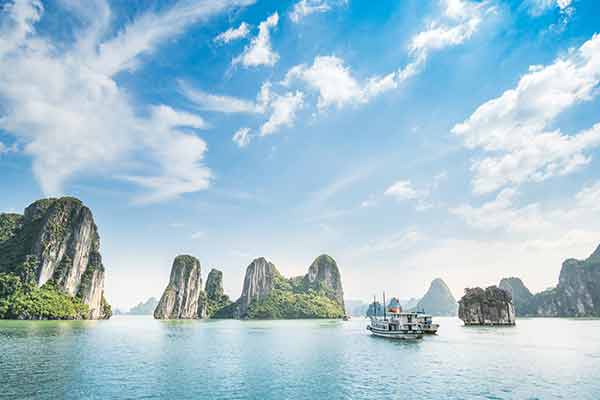
Best Time To Visit Hanoi and Halong Bay
From the centuries-old boulevards of Hanoi to the emerald karsts dotting Halong Bay’s seascape, northern Vietnam beckons travelers with a blend of history and natural wonders. Hanoi, Vietnam’s vibrant capital, boasts centuries of rich heritage reflected in its French colonial architecture, bustling Old Quarter, and serene temples that speak to millennia of dynastic legacies. Just a few hours northeast, UNESCO-listed Halong Bay reveals a spectacular seascape of nearly 2,000 limestone towers rising from jade waters – a scene that has inspired poets and explorers alike.
However, timing your visit is critical: monsoon rains, seasonal mists, and peak crowds can transform your experience from sublime to challenging. In Hanoi, spring (February to April) and autumn (September to November) bring balmy temperatures and manageable drizzles, while summers can be sweltering and humid. Similarly, Halong Bay shines between October and December, when skies are clear and temperatures comfortable – whereas summer often ushers in heavy downpours and typhoon risks
In this guide, you’ll gain expert insights on the best time to visit Hanoi and Halong Bay, with detailed weather breakdowns, crowd-control strategies, and planning tips to craft your perfect journey. We’ll also spotlight local festivals and cultural events that can enhance your trip, helping you align your itinerary with Hanoi’s temple ceremonies and Halong Bay’s maritime celebrations.
Table of Contents
Weather Overview in Hanoi and Halong Bay
Northern Vietnam experiences four distinct seasons – cool, dry winters; warm, wet springs; hot, humid summers; and mild, clear autumns – each influencing temperatures, rainfall, and outdoor activities. Hanoi’s winter chills give way to a blossoming spring, a sweltering monsoon summer, and a colorful autumn, while Halong Bay’s coastal setting adds fog in winter and intense rainfall during the monsoon, both of which can affect cruise operations. Below, you’ll find expert-backed, data-driven descriptions for every season and month.
North Vietnam Climate Description
North Vietnam, including Hanoi, experiences a clearly defined seasonal dichotomy. The region’s climate divides into two distinct periods: a relatively mild winter from November through April, characterized by average temperatures ranging from 17°C to 22°C, with January through March representing the coolest portion of this season. Despite the cooler temperatures, precipitation remains minimal during these months.
In contrast, the May-October period brings elevated temperatures accompanied by significant humidity levels. This summer interval also coincides with the region’s peak rainfall, creating a marked hydrological distinction from the drier winter months.
Northern Vietnam has a humid subtropical climate with four clear seasons:
- Winter (Dec–Feb): Cool and relatively dry, with occasional mist.
- Spring (Mar–May): Warming temperatures and increasing rainfall.
- Summer (Jun–Aug): Hot, humid, and rainy, with typhoon risk.
- Autumn (Sep–Nov): Mild temperatures and declining precipitation.
Hanoi Climate Breakdown (Monthly)
Hanoi has a subtropical climate, characterized by mild winters and hot, humid summers.
- Temperature: Average yearly temperature is around 23.6°C (74.4°F), with maximum daytime temperatures reaching up to 35°C (95°F) in June, the warmest month, and dropping to about 21°C (69.8°F) in January, the coolest month.
- Rainfall: The city experiences significant rainfall, with an average annual precipitation of approximately 1760 mm (69.3 inches). The rainiest months are from June to September due to the Southeast Asian monsoon.
- Seasonal Variation: Even in the driest month, there is still considerable rainfall, making Hanoi a city with a notable wet season.
This climate makes Hanoi a unique destination with distinct seasonal changes.
| Month | High Temp (°C) | Low Temp (°C) | Rain Days |
|---|---|---|---|
| January | 20° | 15° | 2 days |
| February | 22° | 16° | 3 days |
| March | 25° | 20° | 6 days |
| April | 28° | 22° | 4 days |
| May | 33° | 25° | 6 days |
| June | 35° | 27° | 8 days |
| July | 34° | 27° | 8 days |
| August | 33° | 26° | 8 days |
| September | 32° | 25° | 5 days |
| October | 29° | 23° | 4 days |
| November | 27° | 20° | 2 days |
| December | 22° | 15° | 1 day |
- Winter (Dec–Feb):
- December–February see average highs of 17–18 °C and lows of 13–15 °C, with 37–47 mm of rain per month and drizzly “noodle soup” ambience.
- Spring (Mar–May):
- March warms to averages of 21 °C, April to 25 °C, and May to 27 °C, as rainfall jumps from ~61 mm to ~242 mm, fueling lush spring blooms.
- Summer (Jun–Aug):
- June–July averages reach 28–29 °C (max 32 °C), with heavy monsoon rains of 236–310 mm (peaking in August), and occasional typhoons in late summer.
- Autumn (Sep–Nov):
- September–October cool back to 26–24 °C as precipitation drops to 122 mm, and November averages 21 °C with 62 mm of rain—ideal for exploration.
Halong Bay Climate Breakdown (Monthly)
Halong Bay features a tropical monsoon climate characterized by distinct seasons, significant humidity, and temperatures that vary throughout the year.
Climate Characteristics
- Seasons: The climate in Halong Bay can be divided into two main seasons:
- Hot and Rainy Season: Lasts from May to October, where temperatures can reach up to 35°C (95°F) with high humidity and frequent rainfall. This period is characterized by heavy rain, especially in July and August.
- Cool and Dry Season: Runs from November to April, with average temperatures around 20°C (68°F) and less rainfall. This season is generally more pleasant for outdoor activities and sightseeing.
- Temperature Range:
- Average Yearly Temperature: Approximately 23.5°C (74.3°F).
- Summer Temperature: Peaks around 31.2°C (88.2°F) during June.
- Winter Temperature: Drops to about 14.1°C (57.4°F) in January, the coldest month.
- Rainfall:
- Annual Rainfall: Accumulates to nearly 1379.9 mm (54.33 inches) throughout the year, with the wettest months typically being July and August..
- Rainy Days: Monthly averages show heavy rainfall, particularly from May to September, making these months less favorable for tourism due to humidity and potential storms.
- Humidity
- Generally, humidity levels are high, averaging around 80% throughout the year, with peaks in the summer months.
- Winter (Dec–Feb):
- January–February average 16–18 °C with minimal rain (36–40 mm), but frequent fog can reduce visibility.
- Spring (Mar–May):
- March sees 20 °C temps and 54 mm rain; April warms to 24 °C and 79 mm, and May hits 27 °C with 234 mm, as the bay awakens.
- Summer (Jun–Aug):
- June–July highs of 28 °C bring 282–317 mm of rain; August is wettest at 27.7 °C and 376 mm, with typhoon and storm risks.
- Autumn (Sep–Nov):
- September cools to 26.8 °C and 242 mm rain; October sees 24.9 °C and 108 mm; November drops to 21.5 °C and 60 mm – cruise-friendly months.
- Cruise Impact: Dense fog in winter and tropical storms/monsoons in summer may be force cruise postponements or cancellations for safety.
Best Time to Visit Hanoi
Hanoi’s two peak windows– spring (February to April) and autumn (September to November)–are widely regarded as the best time to visit Hanoi due to their mild temperatures (15–25 °C), low humidity, and minimal rainfall. Visiting during shoulder seasons like March–April or September–October strikes a balance between pleasant Hanoi weather and fewer crowds, often yielding lower hotel rates and shorter lines at attractions.
In contrast, off-peak summer months (May–August) bring intense heat (often above 30 °C) and heavy monsoon rains–appealing for budget travelers seeking discounts but less ideal for extensive sightseeing. Winters (December–January) deliver cool, misty “noodle soup weather” perfect for hot street-food tours and cultural exploration, though outdoor activities can be dampened by drizzle.
Seasonal celebrations — from Tet Nguyen Dan and spring flower festivals to the Mid-Autumn Festival lantern parades and the Hanoi Marathon in October–add local color and memorable experiences year-round.
Ideal Months to Visit Hanoi
For the best time to visit Hanoi, consider February through April and late September to November. February through April offers daytime highs of 15–22 °C, clear skies, and blossoming parks – ideal for walking tours and temple visits. Late September to November cools to 20–25 °C with crisp air, golden foliage around Hoan Kiem Lake, and dry conditions perfect for cycling and lake-front strolls. Both seasons align with major cultural events–spring’s Tet celebrations and autumn’s Mid-Autumn Festival–enhancing the travel experience.
Shoulder Seasons
March–April features average temperatures of 21–25 °C, moderate 60–100 mm rainfall, and gradually thinning tourist crowds. September–October brings 24–26 °C weather and tapering rain (around 100 mm), allowing for comfortable outdoor activities and occasional off-peak discounts. Travelers benefit from quieter museums, shorter waits for street-food stalls, and more flexible booking options – though afternoon showers remain possible.
Off-Peak/Low Season
May–August heats up above 30 °C with 200–300 mm monthly rainfall, making day-long excursions challenging but pushing down hotel and flight prices. December–January averages 13–16 °C with light drizzle and fog, creating atmospheric “noodle soup weather” that’s perfect for pho tours and indoor visits to the Vietnam Museum of Ethnology and the Fine Arts Museum. Budget travelers and those who don’t mind humidity or cool mist can enjoy significant savings and nearly empty attractions.
Seasonal Activities and Events
- Spring (Feb–Apr): Immerse in Tet Nguyen Dan festivities – colourful markets, dragon dances, and family gatherings—then take a boat pilgrimage to Perfume Pagoda under blooming landscapes.
- Autumn (Sep–Nov): Celebrate the Mid-Autumn Festival with lantern parades and mooncakes, then cheer participants at the annual Hanoi Marathon every October amid cool, dry weathe.
- Winter (Dec–Jan): Savor steamy bowls of pho at street-side vendors, explore mist-shrouded temples, and visit indoor attractions like the Temple of Literature and museums for cultural deep-dives
Best Time to Visit Halong Bay
Autumn (September–November) and spring (March–May) stand out as the best time to visit Halong Bay, offering calm seas, clear skies, and pleasant temperatures that range from 20 °C to 28 °C—ideal for cruising, swimming, and sunbathing on deck. During these peak windows, rainfall is moderate (<100 mm per month), typhoon risk is low, and visibility is excellent for photography and sightseeing. Shoulder seasons (February and June, and late November) present a balance of fewer crowds and occasional light rain or coastal fog, with sea conditions still generally navigable for most luxury and budget Halong Bay cruises, though early-morning mist may delay boarding or hamper distant views.
Visiting in the off-peak months of June through August exposes travelers to hot, humid weather with monthly rainfall often exceeding 280 mm and an elevated chance of typhoons that can force full cruise cancellations or rerouting for safety. Budget travelers may appreciate discounted fares (10–20% lower than peak rates) and nearly empty cabins but should be prepared for abrupt changes and limited water activities. Winter (December–February) brings cooler temperatures (16–20 °C) and dense fog that blankets the bay—creating an ethereal atmosphere prized by photographers despite occasional delays and reduced visibility for cave explorations.
Seasonal Activities and Attractions
- Spring (Mar–May): Mild weather and low rainfall make this perfect for kayaking through Luon Cave, swimming at Titop Island, and rock climbing on isolated karsts.
- Autumn (Sep–Nov): Clear skies and comfortable temperatures favor full-day cruises, sunset cruises, and fishing village visits; October’s calm seas are especially suited for a Halong Bay cruise.
- Winter (Dec–Feb): Misty mornings create dramatic backdrops for photography tours, bamboo-boat excursions near Sung Sot Cave, and quiet, reflective junk-boat cruises in Bai Tu Long Bay.
- Shoulder Months: February and late November offer reduced pricing, lightly scattered showers, and smaller groups—ideal for travelers seeking tranquility and off-season perks, though schedules may shift with fog warnings.
By aligning your trip with Halong Bay’s seasonal patterns, you can choose between peak clarity, bargain cruises, or atmospheric experiences—each with its own charm and considerations for budget and comfort.
Comparing Hanoi and Halong Bay Seasons
Hanoi and Halong Bay, both situated in northern Vietnam, share a humid subtropical climate characterized by four distinct seasons: spring, summer, autumn, and winter. Their proximity results in similar seasonal patterns, with hot, humid summers and cooler, drier winters. However, Halong Bay’s coastal location introduces unique weather nuances. The bay often experiences more fog and mist, especially during winter months, which can affect visibility and lead to cruise cancellations . Additionally, Halong Bay tends to have slightly milder temperatures compared to inland Hanoi, particularly during the summer.
Planning a Combined Trip:
For travelers aiming to explore both Hanoi and Halong Bay, the optimal periods are late autumn (October to November) and early spring (March to April). During these times, Hanoi weather is pleasantly cool and dry, while Halong Bay offers clearer skies and calmer seas, ideal for cruising.
If your travel dates fall outside these windows, consider the following strategies:
- Prioritize Halong Bay’s Conditions: If clear skies and smooth sailing in Halong Bay are paramount, plan your cruise during its optimal months and be prepared for cooler temperatures in Hanoi.
- Flexible Itineraries: Given the potential for weather-related disruptions, especially in Halong Bay, opt for flexible booking options. Many of our vietnam tour packages offer adjustable schedules or alternative activities in case of cruise cancellations.
- Seasonal Activities: If traveling during the summer, anticipate higher humidity and rainfall in both locations. This season is suitable for indoor cultural experiences in Hanoi and appreciating the mystical ambiance of Halong Bay’s mist-covered karsts.
For those planning a comprehensive journey, consider a 5-day Hanoi Halong Bay itinerary to capture the highlights of both destinations. Alternatively, a 10-day North Vietnam itinerary allows for a more in-depth exploration, including sapa, ninh binh or/ and Ha Giang loop and offering a richer cultural experience.
Travel Deals and Budget Considerations
Travel costs in Vietnam swing dramatically between high and low seasons, affecting flights, accommodations, and tours. Peak periods—especially autumn months (September–November) and major Vietnamese holidays like Tet—see the highest prices for flights, hotels, and cruises. By contrast, the low season (May–October) offers deeply discounted rates, with hotels and tour operators eager to fill capacity.
Peak vs. Off-Peak Pricing
During peak season, expect flight fares to climb by up to 30% and hotel rates to surge, especially in Hanoi and Halong Bay. In off-peak months, you can book three-star hotels for as little as $20 per night and enjoy 40–50% lower cruise prices. Shoulder seasons (March–April, September–October) blend mild weather with moderate prices—ideal for both comfort and savings.
Best Times for Deals
The “sweet spots” for travel deals are early May and late September, when international visitor numbers dip and promotions abound. Airlines often launch flash sales in January and July—sign up for alerts from major carriers and OTAs to catch these limited-time offers.
Booking 12–18 months before your Vietnam journey can slash costs by up to 30–70 %. With over 20 years’ expertise, Vietnam Travel guarantees locked-in rates—even as smaller providers hike prices 15–30 % annually. Book early, relax knowing every detail is confirmed, and focus on soaking in an unforgettable Vietnamese adventure without bargaining or surprises.
Specific Deal Types
Look for:
- Flight sales on regional carriers (Vietnam Airlines, VietJet) during “day of the week” promos.
- Package discounts bundling Hanoi hotel + Halong Bay cruise on sites like vietnamtravel.com
- Early-bird rates on vietnam tour packages when booking 6+ months ahead Vietnam Travel.
- Last-minute bargains via travel-deal newsletters and mobile apps.
Tips for Travelers
• Book peak-season travel at least three months in advance to secure lower fares and room rates.
• Consider guesthouses or homestays just outside major districts to save 20–30% on lodging.
• Savor street food at local markets—meals often cost $10–$30.
• Explore free attractions like the Old Quarter walking tours and Hoan Kiem Lake strolling paths.
Tips for Planning Your Trip
Early preparation and smart packing make all the difference when coping with Hanoi weather and Halong Bay weather, especially if storms or fog threaten to disrupt your cruise plans. By tailoring your wardrobe to each season and having a backup plan— flexible itinerary, travel insurance, adaptable bookings—you’ll enjoy Vietnam Travel with confidence and comfort.
Packing Recommendations by Season
- Autumn/Spring (Oct–Nov, Mar–Apr): Pack layers—a mix of long-sleeve shirts, light sweaters, and a compact windbreaker—to adjust to cool mornings and warm afternoons. Bring comfortable walking shoes for Hanoi’s Old Quarter cobblestones and Halong’s boardwalks.
- Summer (May–Aug): Choose loose, breathable cotton or linen clothing, a wide-brimmed hat, and UV-protective sunglasses to beat the heat. Carry a lightweight, packable rain jacket or poncho for sudden tropical downpours.
- Winter (Dec–Feb): Include a warm layer—light jacket or fleece—and closed-toe shoes to handle Hanoi’s occasional chills and damp coastal breezes in Halong Bay.
- General Essentials: Universal adapter, basic first-aid kit, power bank, and a microfiber travel towel.
Handling Weather-Related Disruptions
- Cruise Cancellations: Halong Bay cruises may be postponed or canceled by the Management Board during storms or dense fog—especially May–July storm season—so check forecasts daily and confirm policies in advance.
- Flexible Booking & Insurance: Opt for refundable or change-friendly vietnam tour packages and purchase travel insurance that explicitly covers weather-related trip interruptions.
- Local Support: Rely on Vietnam Travel’s 20+ years of expertise to design your vietnam itinerary—combining land tours (Hanoi, Sapa, Ninh Bình) with Halong cruises and beyond (Hội An, Đà Nẵng, Mekong Delta)—ensuring a safe, smooth, unforgettable journey.
The best time to visit Hanoi is typically April to June or September to December, when temperatures hover around 25–30 °C and the skies are clear for exploring the Old Quarter and lakeside promenades. For Halong Bay, spring (March–May) and autumn (September–October) deliver calm seas, clear skies, and optimal cruise conditions for kayaking and cave excursions. Shoulder seasons strike the perfect balance—milder Hanoi weather with fewer crowds on the bay—ideal for comfort and value seekers. This guide equips you with expert insights on seasonal activities, Vietnam travel tips, and travel deals to craft an unforgettable journey. Explore tailored vietnam tour packages and the latest travel deals on vietnamtravel.com to customize your dream itinerary. Ready to travel Vietnam? Book now and get set for the adventure of a lifetime across northern Vietnam’s iconic destinations!

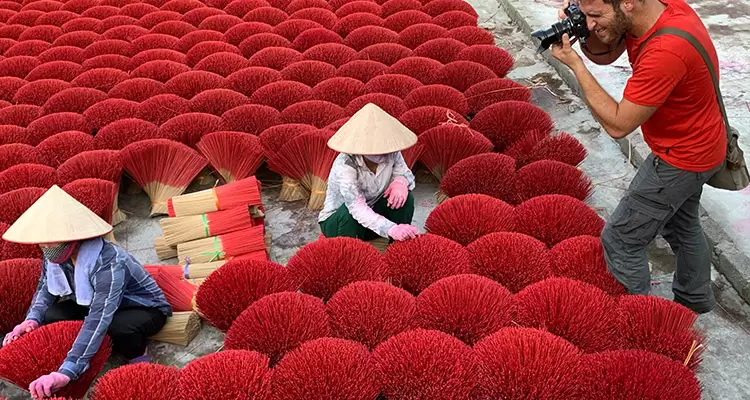
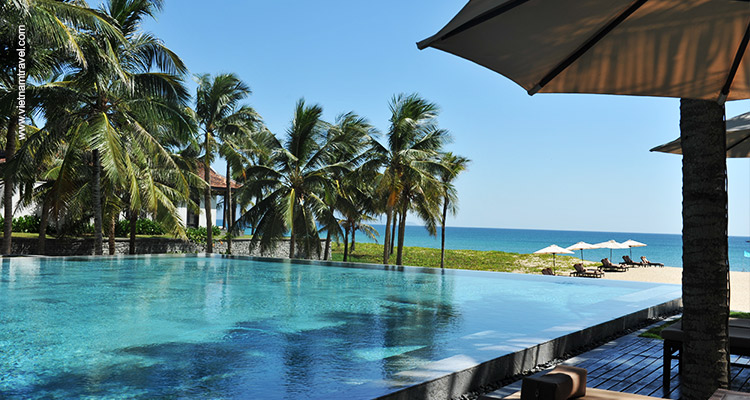
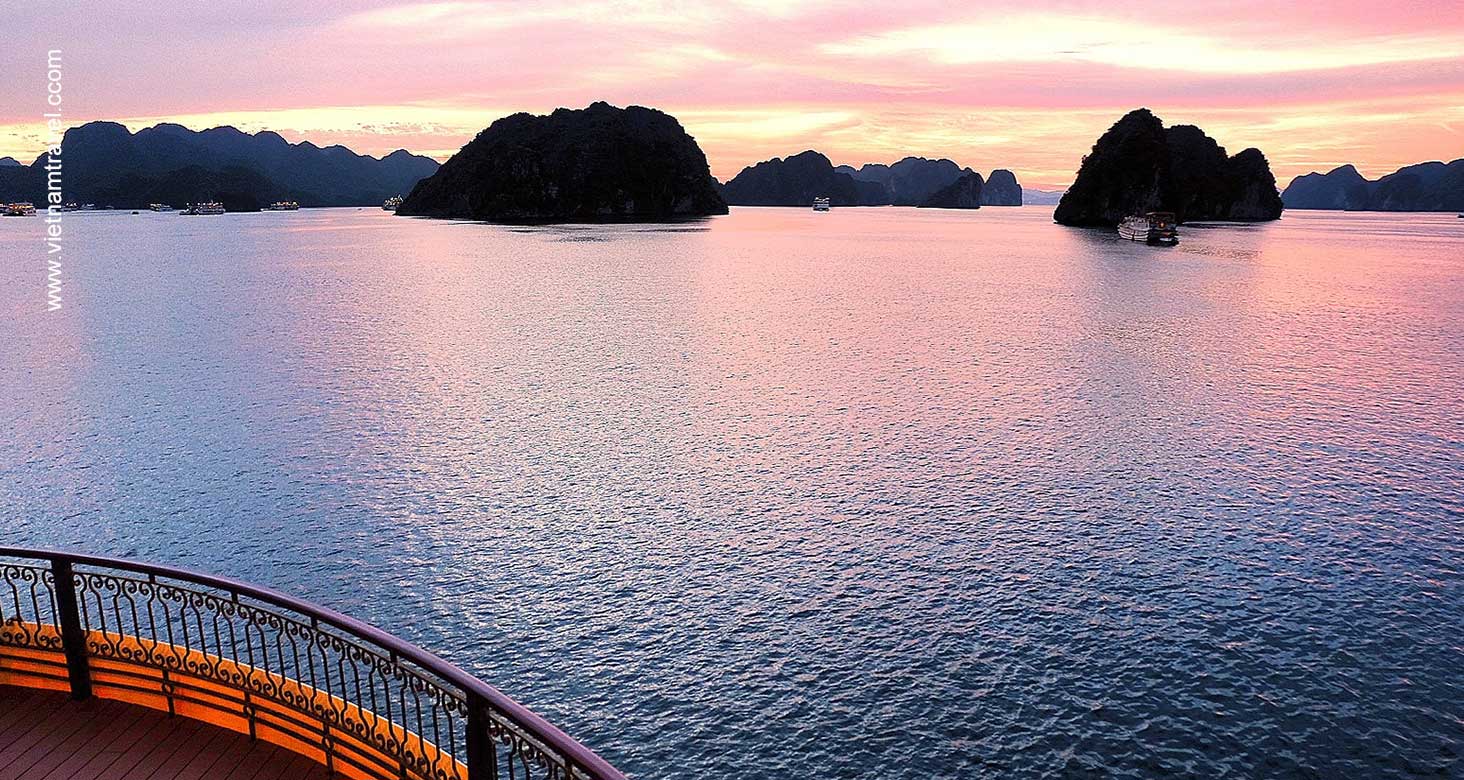



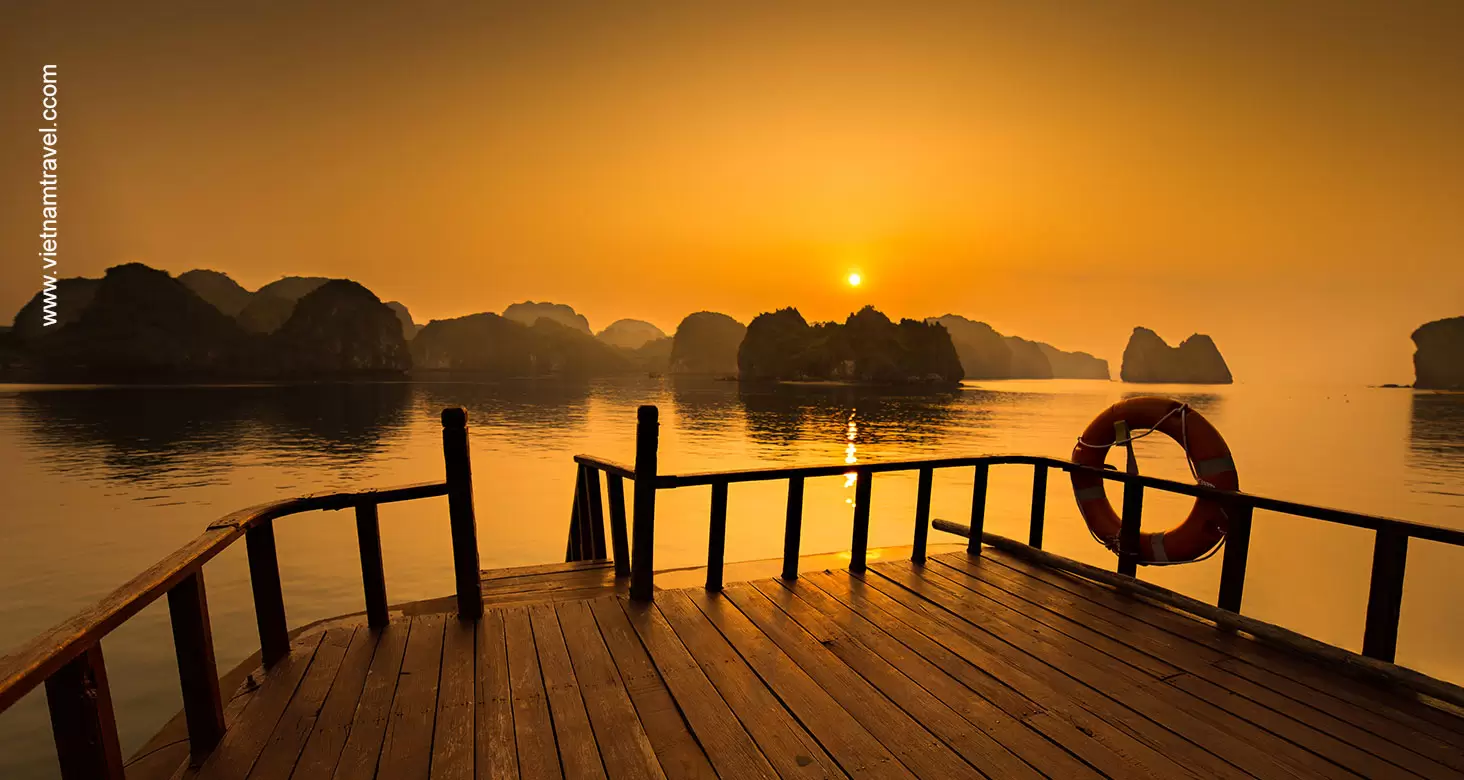
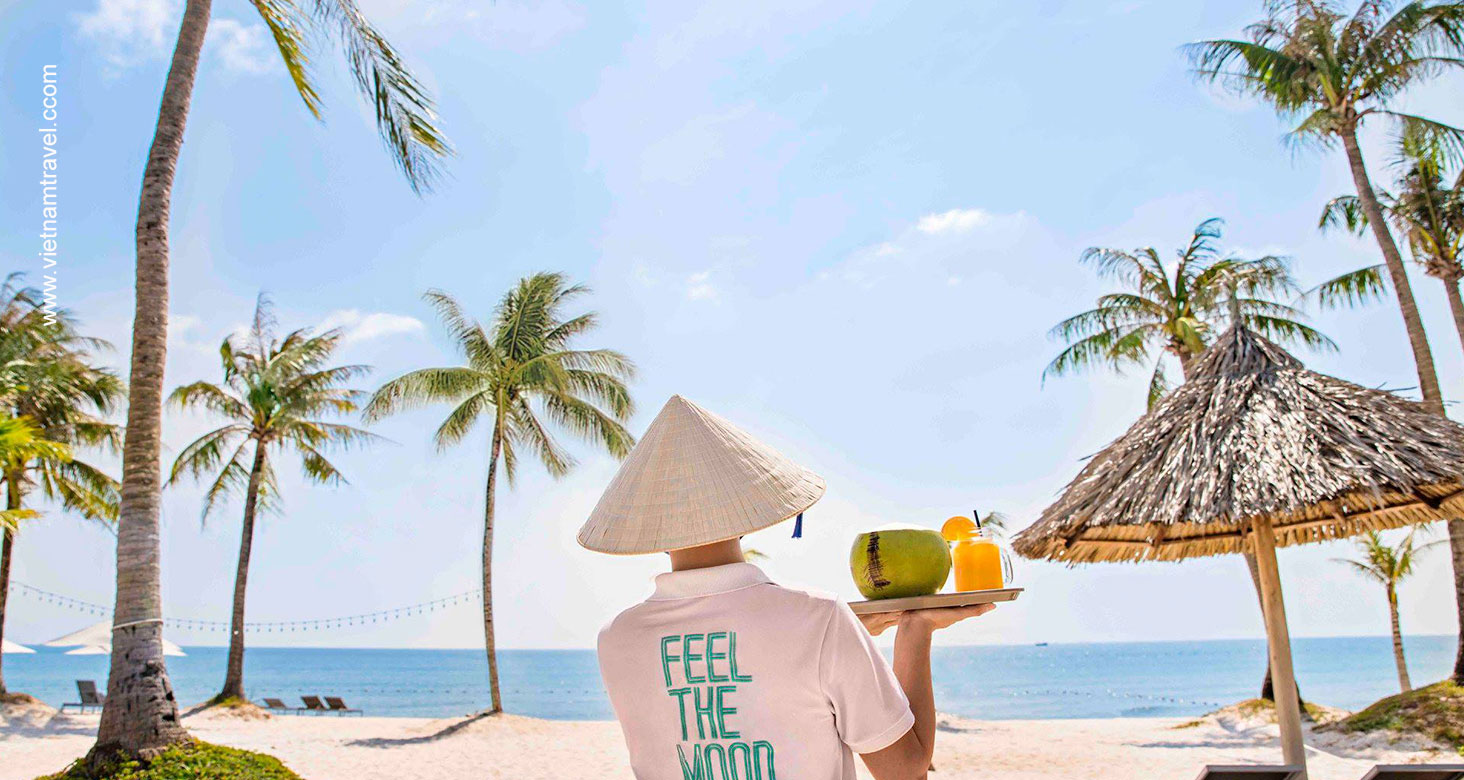
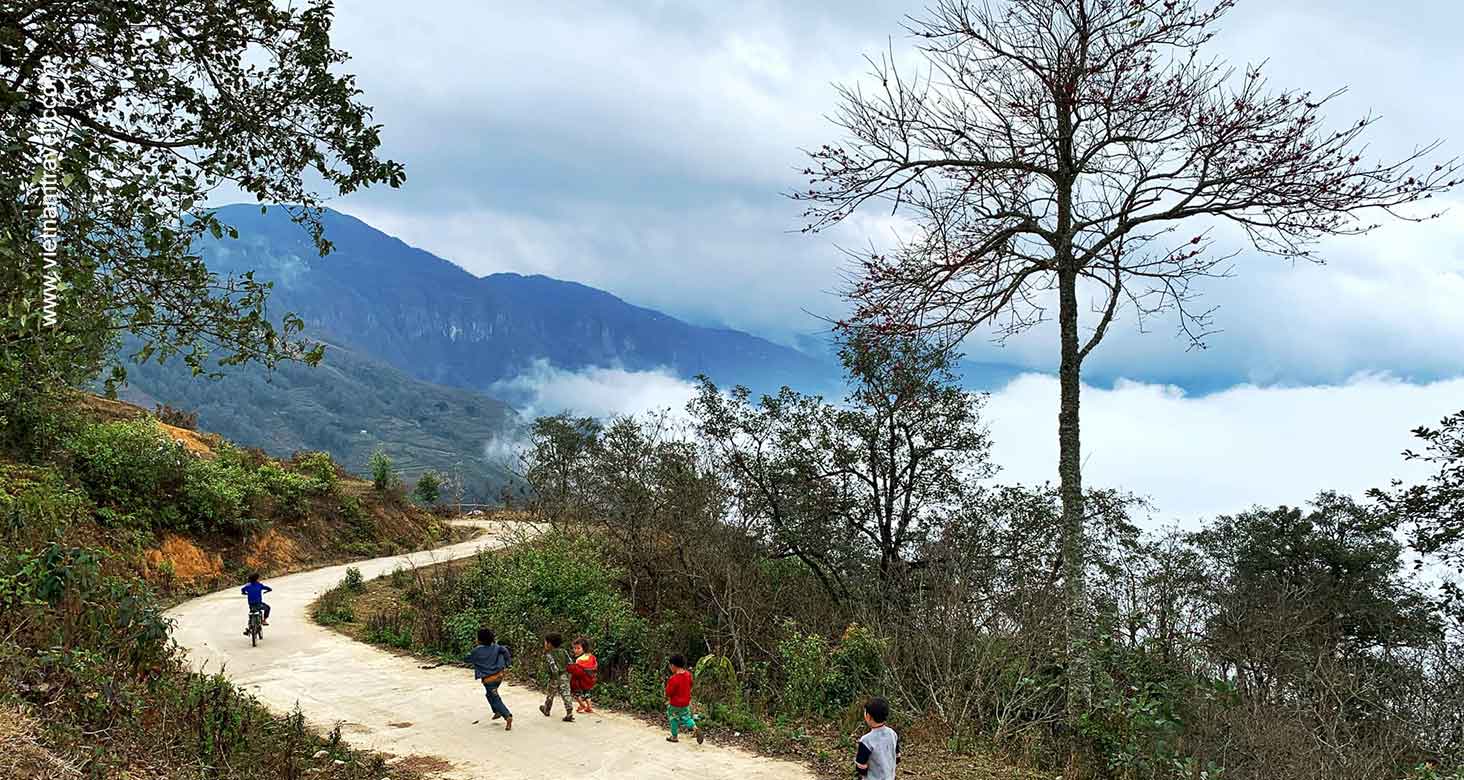


















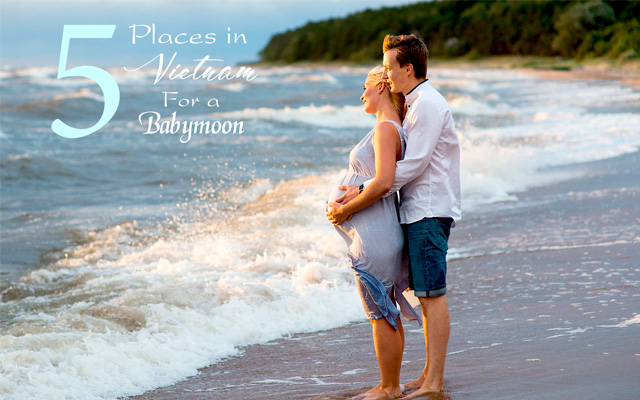
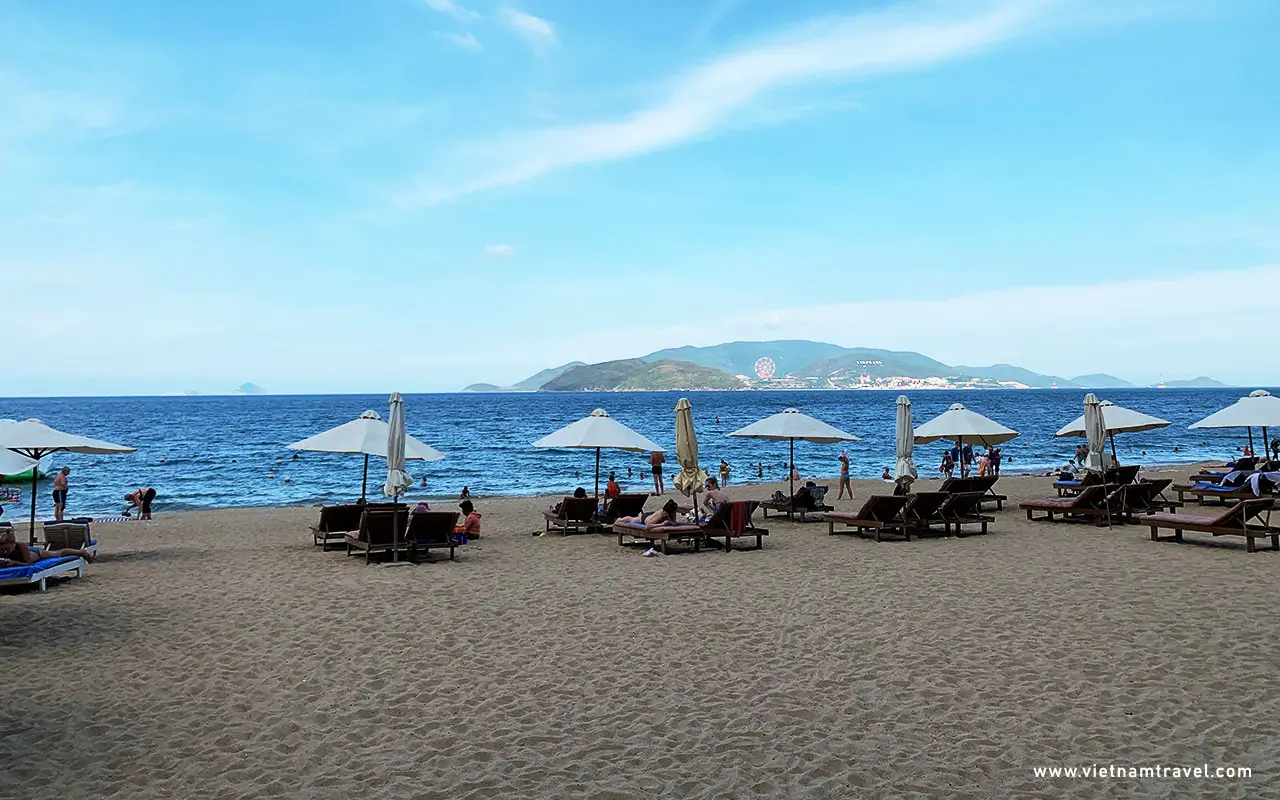
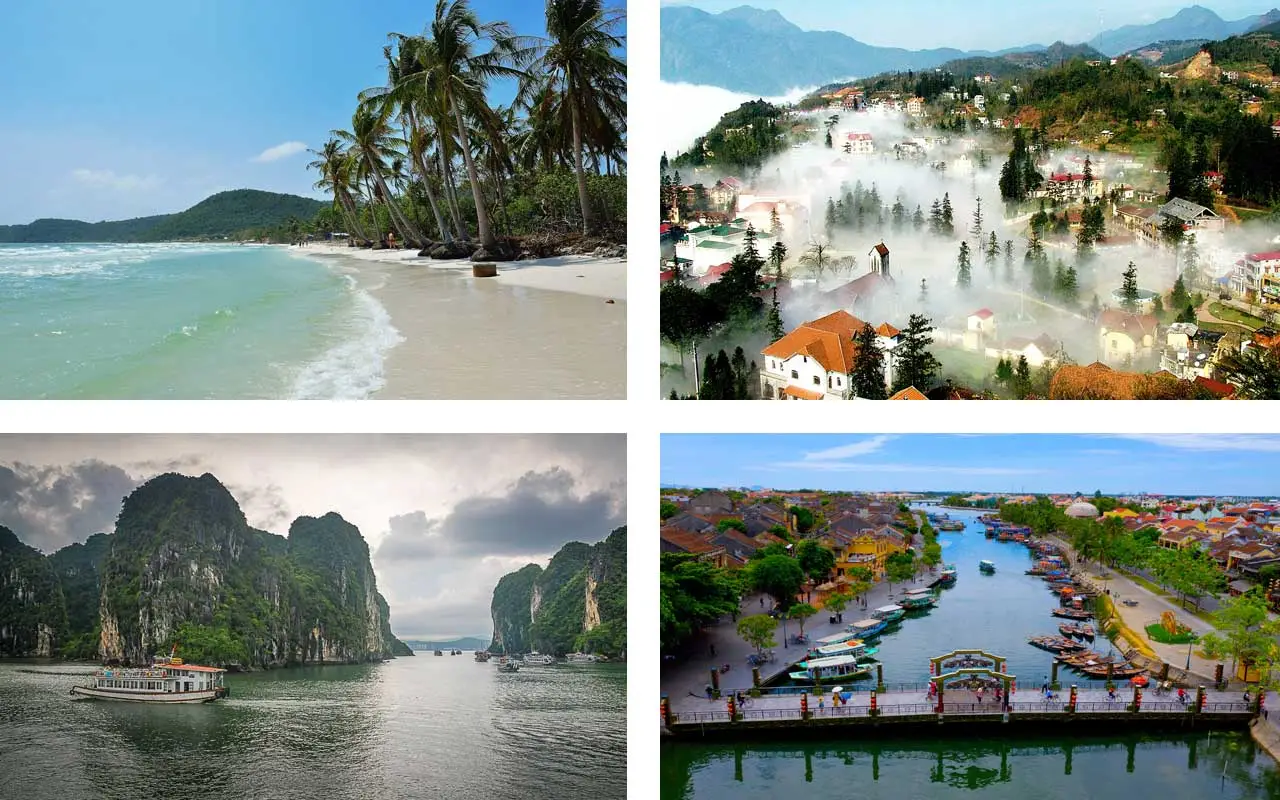
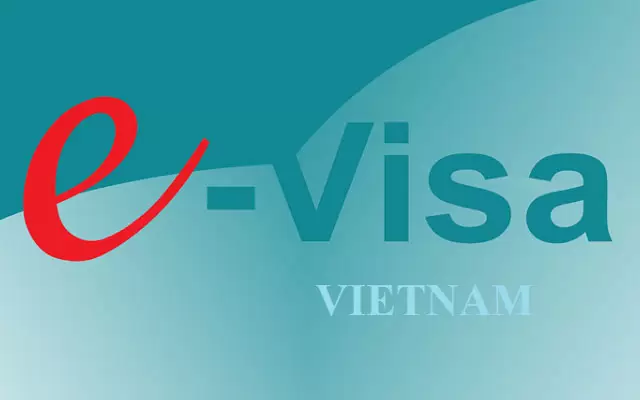




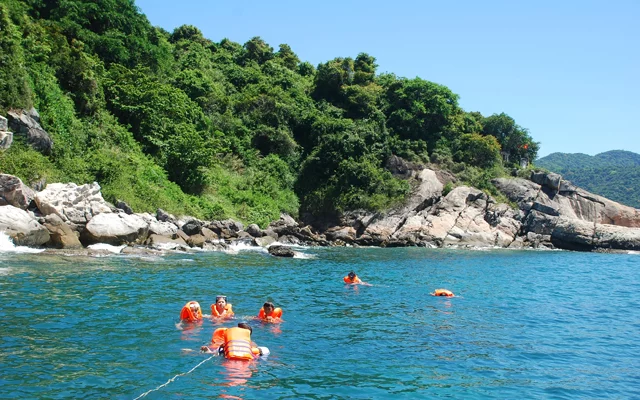
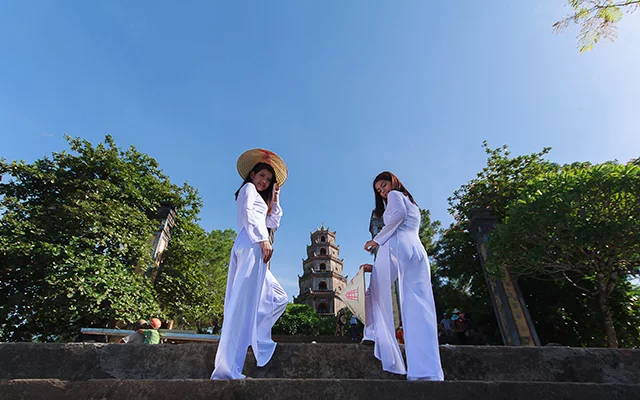






I want to know what the best time to visit your country and what it like in Late October or Early November and could you let me know how many sunny days you get there. Is it still warm weather as like between 20 to 25 during the day. What’s is like at night time there. What is your money over there to What is your food price for eating out to. Just want information on it.